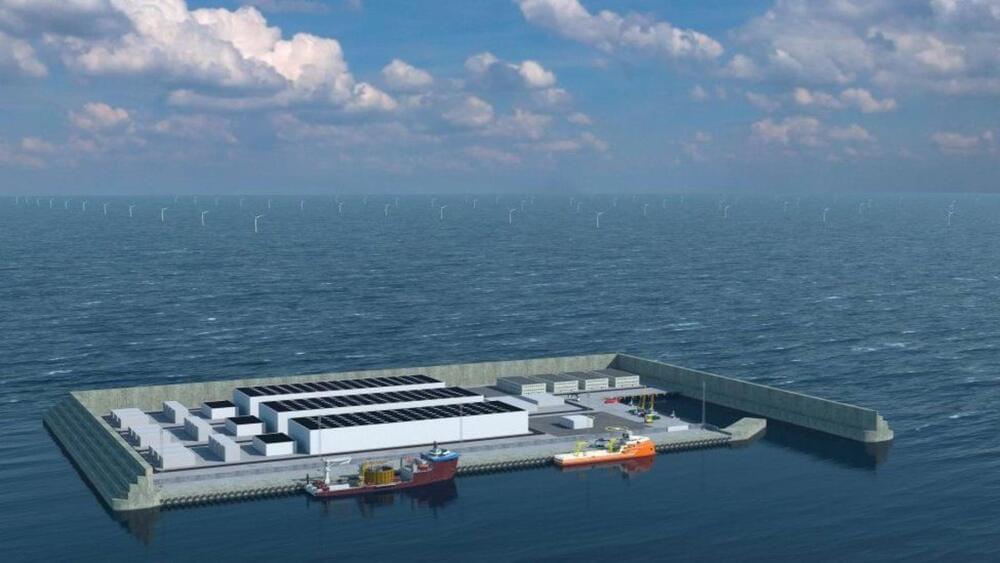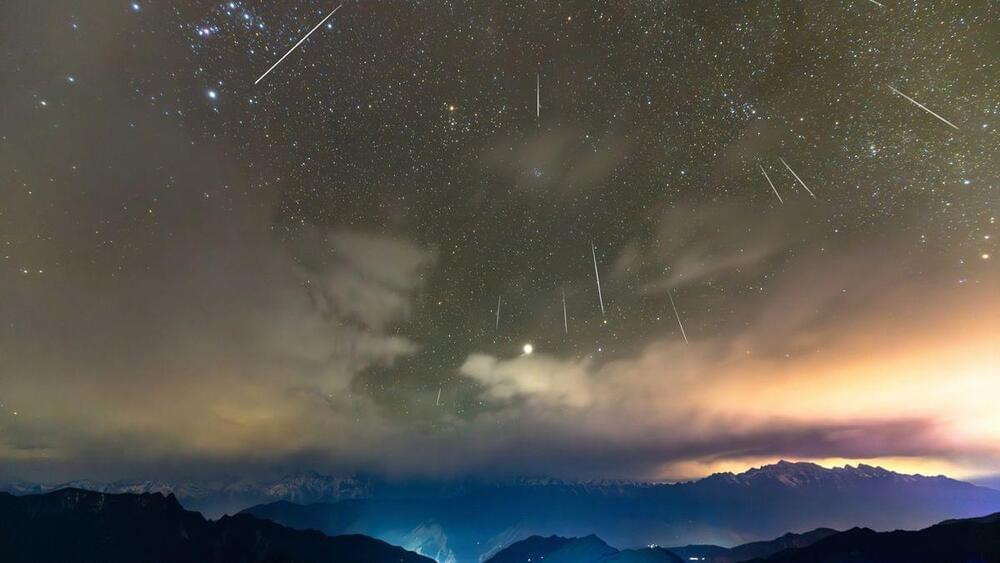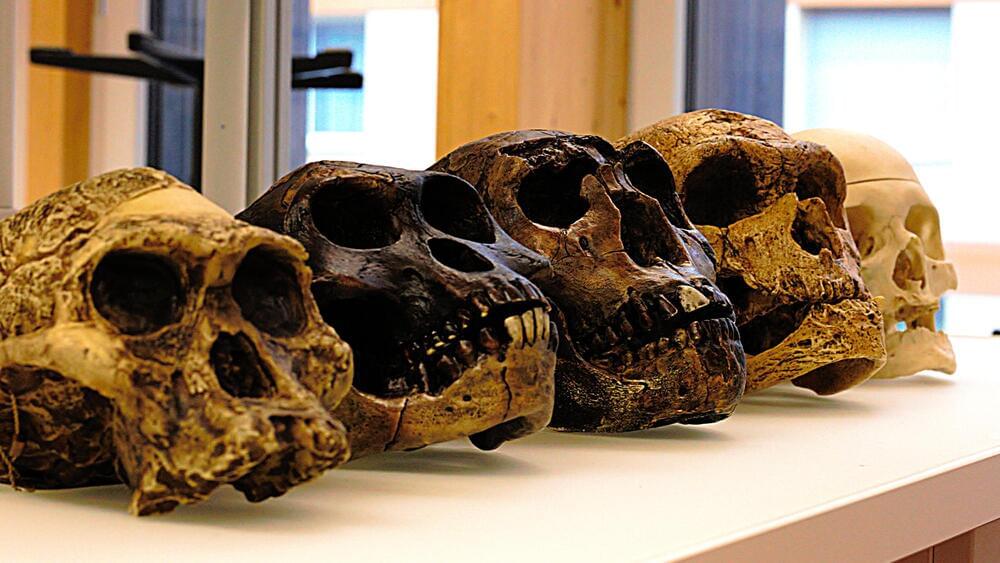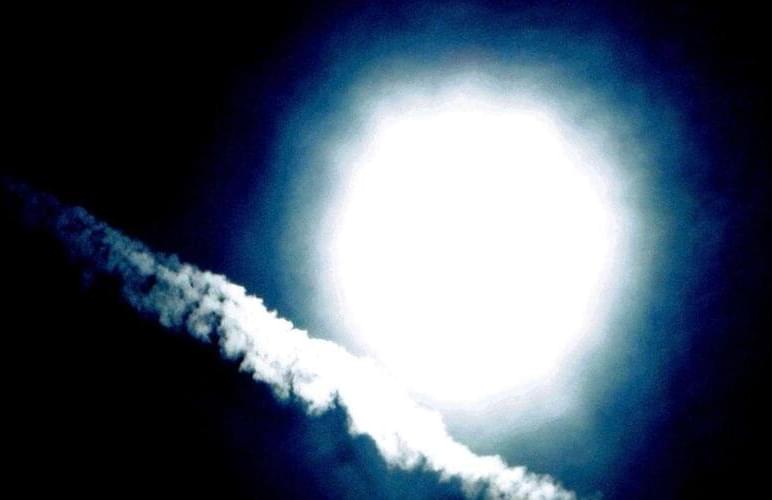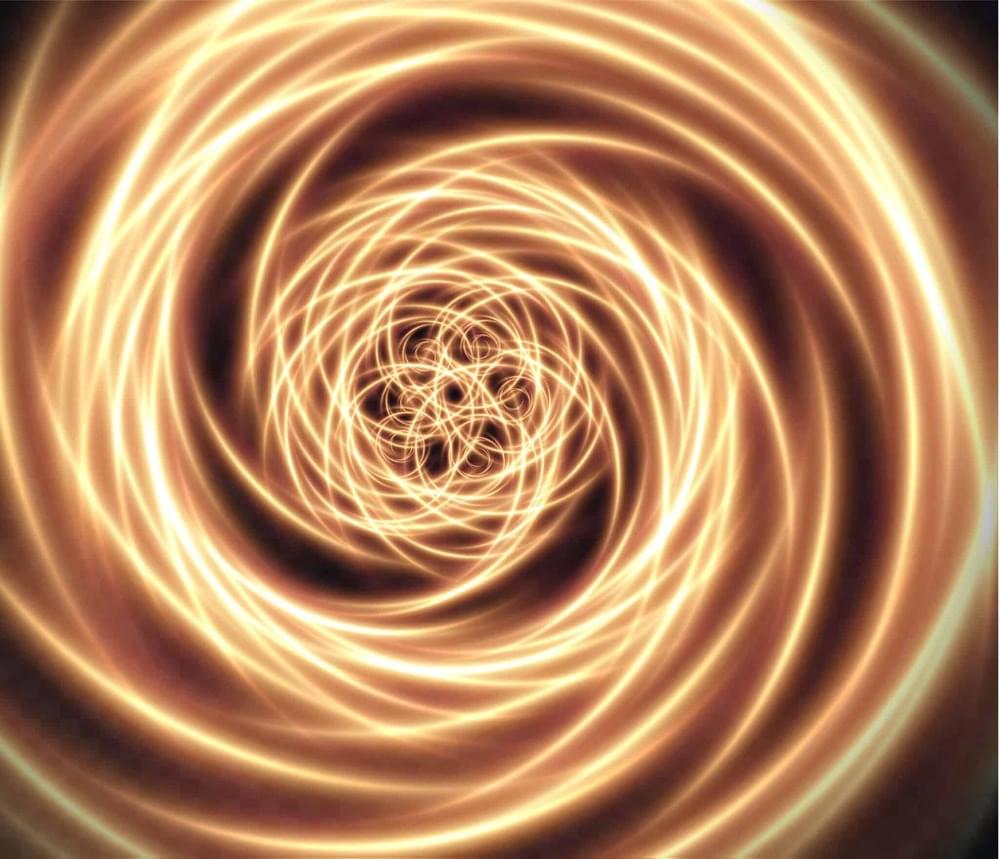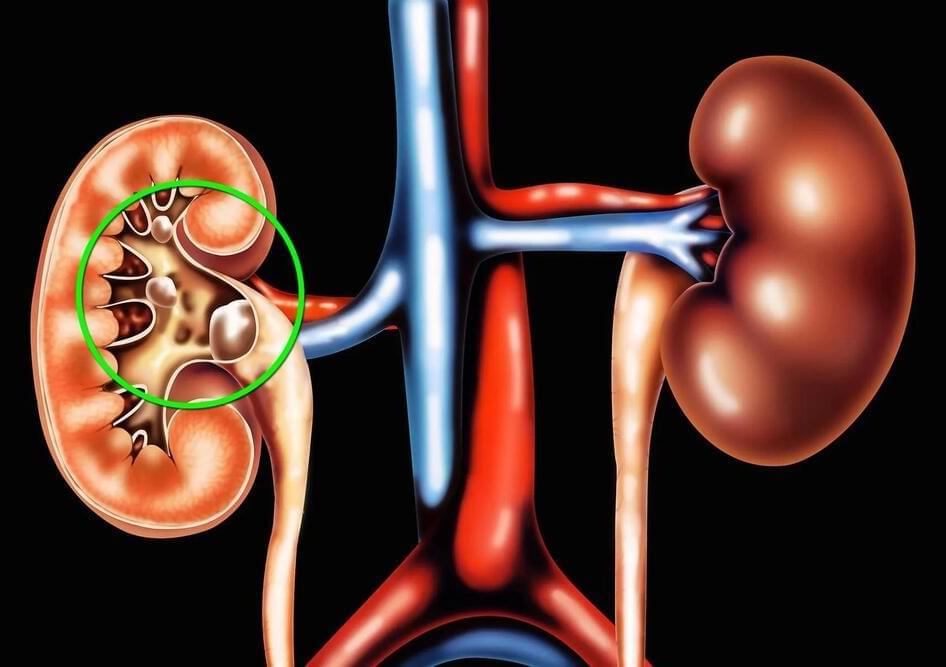For giant manufacturers, such as Germany-based Schaeffler Group with nearly 100 factories worldwide, 10 in the U.S., streamlining production of precision industrial components is paramount. When it began to digitize its operations in 2016 to get more real-time data from the shop floor, Schaeffler realized that it wasn’t enough to digitize the manufacturing processes, inventory, workforce, and logistics; it also had to digitize the physical manufacturing environment itself.
Its efforts to 3D scan each facility and create full-color lifelike digital twins, has, so far, resulted in significant time and cost savings. “Project lead times for data capture are up to 80% shorter compared to traditional methods,” says Roberto Henkel, Schaeffler’s senior VP of digitalization and operations IT. The full-color digital twins of its factories enables “far more efficient communication and planning among departments and third-party vendors.”
As the company accelerates its factory relocation to shorten supply chains and move production closer to customers, accurate factory digital twins have played a key role and also delivered some unexpected benefits.
